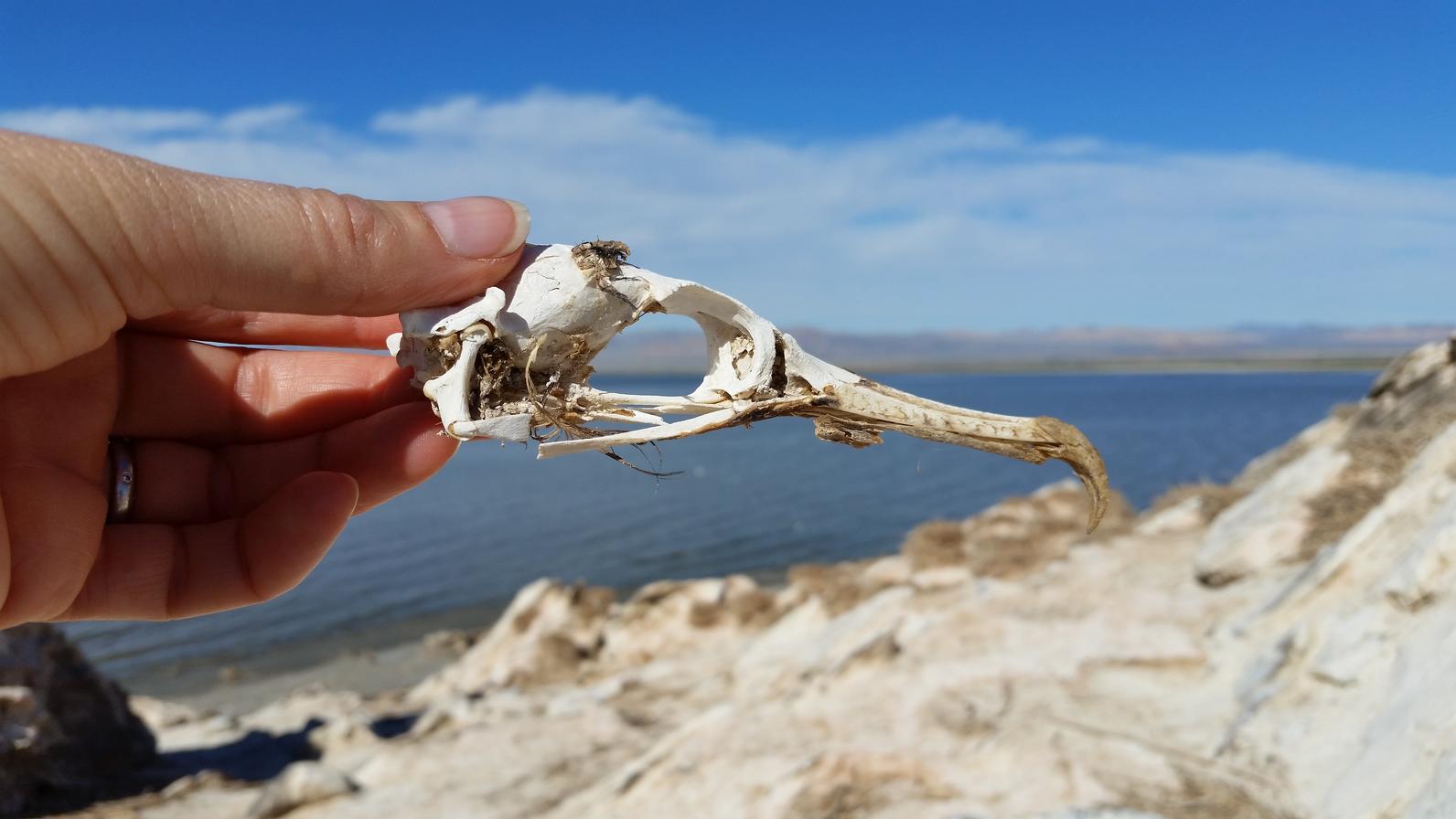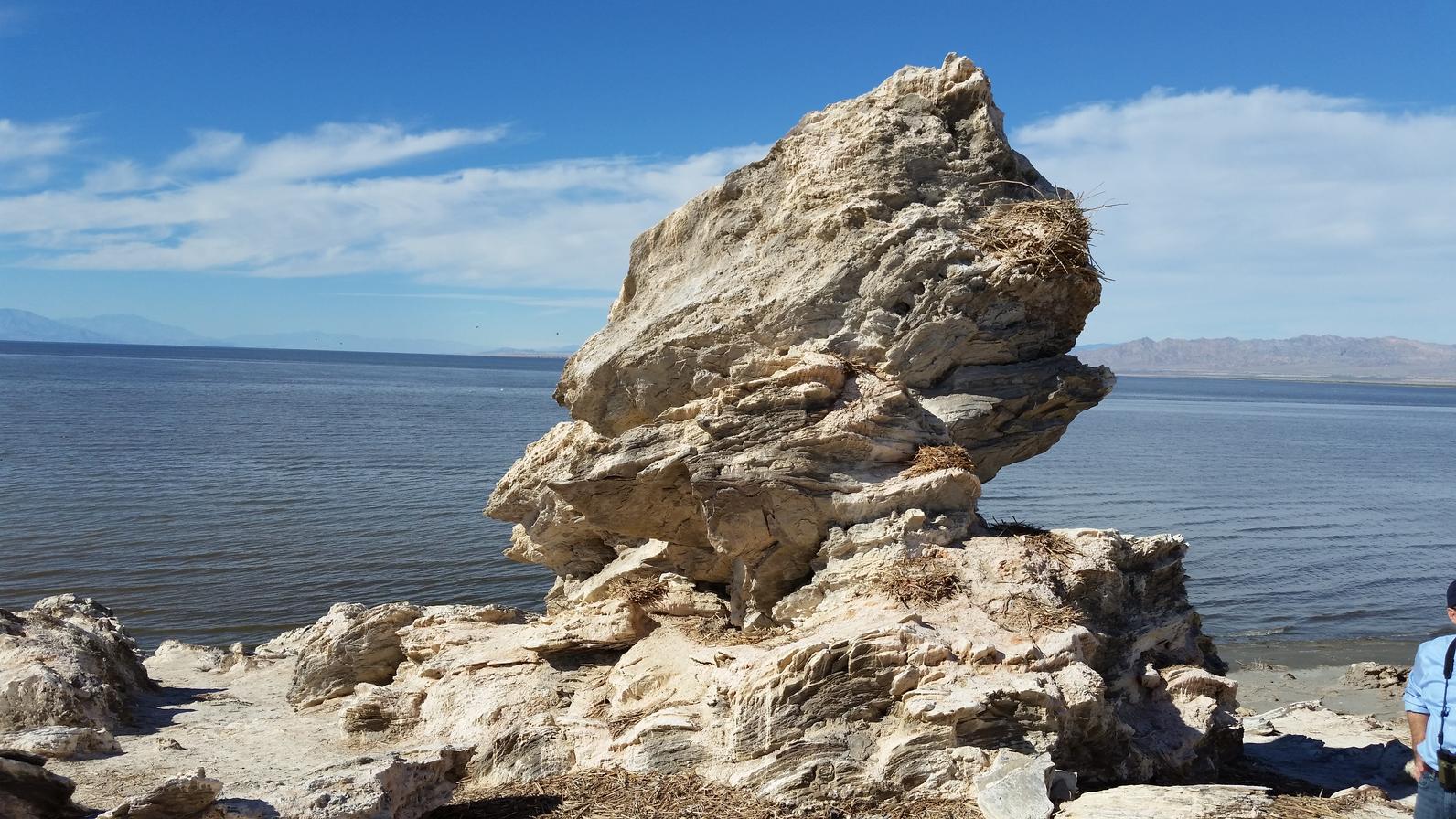We’ve discussed at length how the declining water levels are having a devastating impact on bird populations at the Salton Sea. Perhaps nothing illustrates this better than the fate of Mullet Island, located in the southeast corner of the Sea.
Once regarded as North America’s second largest breeding site for Double-crested Cormorants, the island has lost that designation as water has receded and exposed the ground to predators. Our Andrea Jones visited the site in 2015 and found utter devastation, raided nests torn apart and skeletons of chicks and adult birds. Where there were once 6,500 breeding pairs of birds, now there are none.
The water level of the Salton Sea has fallen more than seven feet in the last fifteen years. The rate of decline is expected to increase this year, causing the waterline to roll back about a foot a year.
Using Google Earth, our team created the below animation that shows how the receding water created a land bridge to the island, resulting in access for predators.

Here are a few images from the island on the ground.






